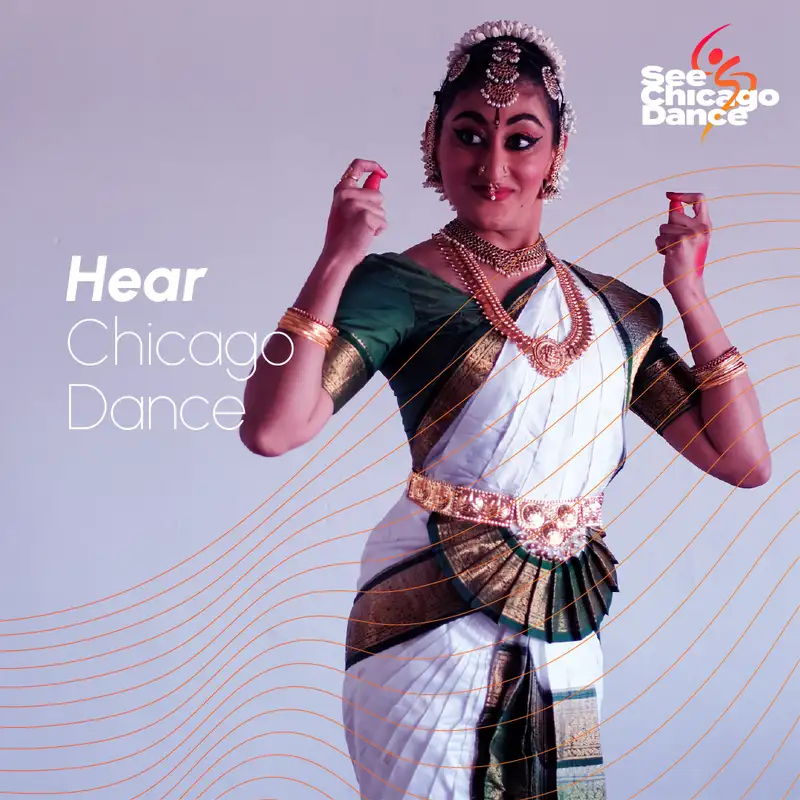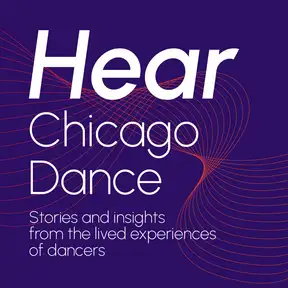Summary of Inequality in the Chicago Dance Community
Download MP3Narrated by Angelina Perino of Cove Chicago
Dance is a universal language that transcends borders and connects us all. Yet, behind the curtain lies an array of challenges rooted in inequity.
Dancers pour their hearts and souls into their craft, yet many, like Mad Dog and Devika, have found their craft exploited by the media, their art form used for mainstream profit without fair compensation.
Cultural styles, like Footwork and Classical Indian Dance, have been commodified, taken, and repackaged without giving anything back to the communities from which they originated.
For Mad Dog, validating his art and his community is a struggle:
“The only times that we really get an opportunity, is when you become a Chicago dancemaker or you get a residency at a location or a space where you have an opportunity to showcase it. We are not going to be at Crown Palace for 6 months because we don't necessarily have the credentials. What we do isn't in a class at Columbia or DePaul or the university. There's no real representation on the academical platforms. It's perceived that it doesn't have the same level capacity or understanding that the traditional spaces have.”
For Devika, inequality is further shaped and enforced by institutions themselves over time – especially by institutions who are not originators of dance forms:
“In the South Indian dance form that I do, which is Bharatnatyam, it's primarily stewarded by a specific group of people within India, a specific caste background, a specific religious background. But this demographic is not the original demographic that developed the dance form. It's kind of an upper caste group that has taken it and sort of turned it into something else that has now become the mainstream.”
She suggests that raising awareness about these things is important to breaking down these barriers of inequality.
Silvita's narrative echoes a common refrain among dancers—access to relationships and resources is a privilege reserved for the few, leaving many dancers on the sidelines, their voices unheard and their talents unrecognized. But amidst these challenges, there is hope. Finding the opportunities to gain the funding and support for grant writing and operations of productions so creatives can focus on their art, makes a difference:
“It was super helpful because I was in the process of creating, and my time was focused on creating the piece, on being with the dancers, on all the artists involved, and the custom designer...”
Instructors like Lyn and Mad Dog are championing the inclusion of diverse voices and dance styles within institutional frameworks, not only for the enrichment of the art form but also for empowering marginalized communities.
Only by dismantling the barriers to access and amplifying diverse artistry can we truly honor the power and beauty of dance in all its forms. When institutional inequality and racism is challenged, the result can be a new generation of inclusive and diverse dancers whose focus can be placed on uplifting the human experience.
“She said, if anybody in here calls that child the N word, we are not having a show. And so for the rest of the dress rehearsal, everybody left me alone, but they would give me the side eye. And then that next season I went into class with kids my own age and some of the kids stopped coming to the studio, but she gained a whole bunch of other people that were happy to have me there.”

